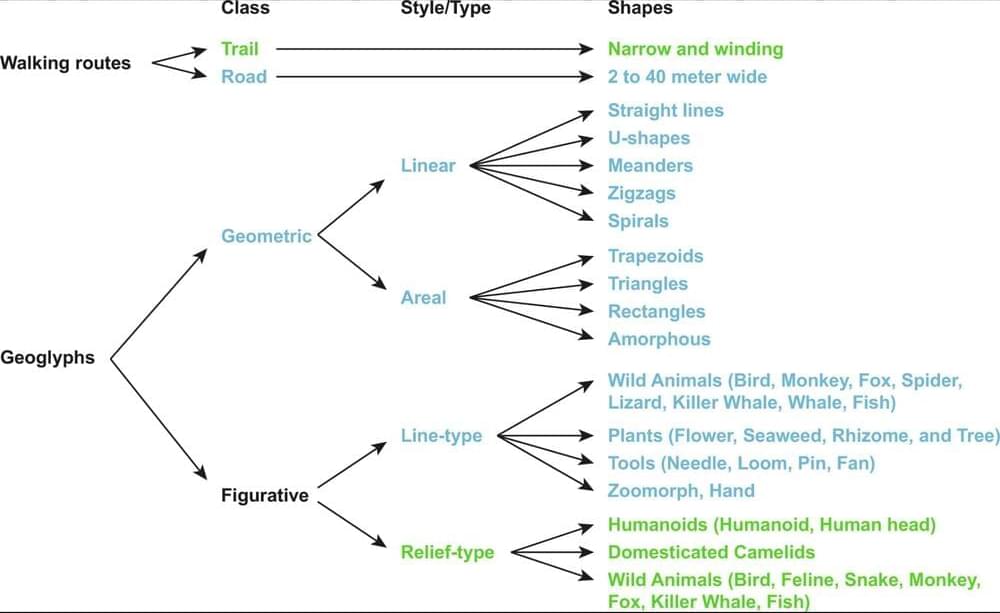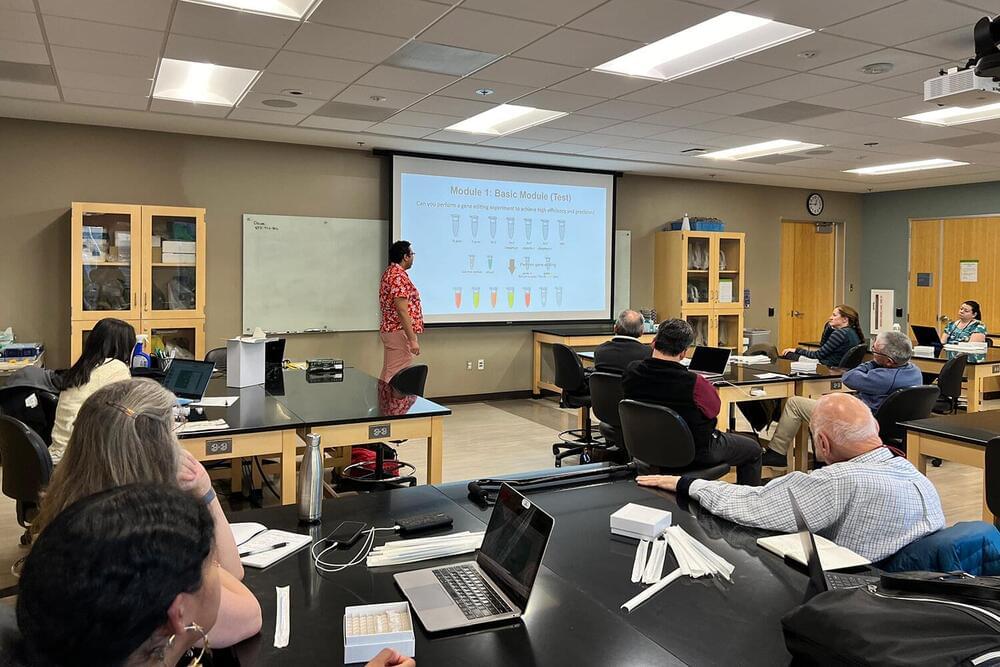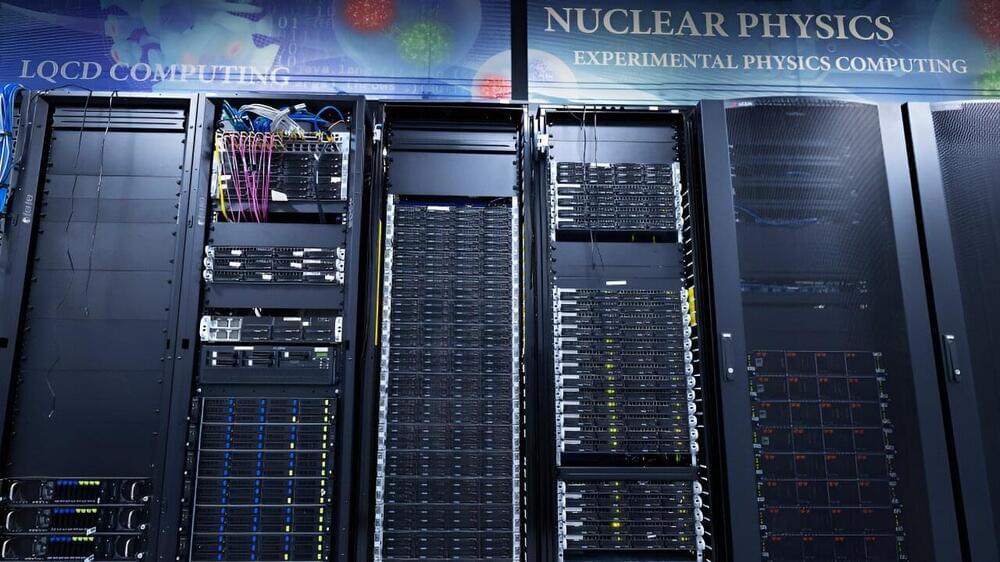Could better teaching practices make paying attention easier for everyone?



The chapter summarizes the current information available from a variety of scientifically based guidelines and resources on dietary advice for those with diabetes. It is a practical overview for health care practitioners working in diabetes management. The chapter is divided into sections by content and includes sources for further reading. A primary message is that nutrition plans should meet the specific needs of the patient and take into consideration their ability to implement change. Often starting with small achievable changes is best, with larger changes discussed as rapport builds. Referral to medical nutrition therapy (MNT) provided by a Registered Dietitian Nutritionist (RDN) and a diabetes self-management education and support (DSMES) program is highlighted. For complete coverage of all related areas of Endocrinology, please visit our on-line FREE web-text, WWW.ENDOTEXT.ORG.
As President, Jimmy Carter established several science-related initiatives and policies.
Carter also sought to promote scientific research and development in a number of areas. He increased funding for basic science research in fields such as physics and chemistry, and established the National Commission on Excellence in Education to promote improvements in science and math education in American schools.
On top of that, Carter sought to address environmental issues through science policy. He established the Superfund program, which was created to clean up hazardous waste sites, and signed the Alaska National Interest Lands Conservation Act, which protected millions of acres of land in Alaska.
Carter’s science policy emphasized the importance of science and technology in addressing pressing issues such as energy, the environment, and education.

This paper demonstrates how AI accelerates discoveries in archaeology, even in a region as well known as the United Nations Educational, Scientific and Cultural Organization (UNESCO) World Heritage site of Nazca.
It took nearly a century to discover a total of 430 figurative Nazca geoglyphs, which offer significant insights into the ancient cultures at the Nazca Pampa. Here, we report the deployment of an AI system to the entire Nazca region, a UNESCO World Heritage site, leading to the discovery of 303 new figurative geoglyphs within only 6 mo of field survey, nearly doubling the number of known figurative geoglyphs. Even with limited training examples, the developed AI approach is demonstrated to be effective in detecting the smaller relief-type geoglyphs, which unlike the giant line-type geoglyphs are very difficult to discern. The improved account of figurative geoglyphs enables us to analyze their motifs and distribution across the Nazca Pampa.

On September 29, 1901 Enrico Fermi ForMemRS was born.
On May 11, 1974, National Accelerator Laboratory was given a new name: Fermi National Accelerator Laboratory. The eponym honors famed Italian physicist Enrico Fermi, whose accomplishments in both theoretical and experimental physics place him among the greatest scientists of the 20th century.
Many visitors to Fermilab reasonably conclude from its name that Enrico Fermi worked at the laboratory, but he never did. In fact, he died in 1954, years before scientists even officially recommended the construction of a U.S. accelerator laboratory in 1963.
In 1938, Fermi won the Nobel Prize for work that eventually led to the first controlled release of nuclear energy. He and his family then left Italy and came to the United States, where he accepted a position at Columbia University. He later moved to the University of Chicago, where he built the first atomic pile in the squash court under the university’s Stagg Field. While there, he continued investigating the nature of particles that make up the nucleus. He was also active in the design of the school’s synchrocyclotron. At the time of its completion, it was one of the most powerful atom smashers in the world.

Spider silk is one of the strongest materials on Earth, technically stronger than steel for a material of its size. However, it’s tough to obtain—spiders are too territorial (and cannibalistic) to breed them like silkworms, leading scientists to turn to artificial options.
Teaching microbes to produce the spider silk proteins through genetic engineering is one such option, but this has proved challenging because the proteins tend to stick together, reducing the silk’s yield. So, Bingbing Gao and colleagues wanted to modify the natural protein sequence to design an easily spinnable, yet still stable, spider silk using microbes.
The team first used these microbes to produce the silk proteins, adding extra peptides as well. The new peptides, following a pattern found in the protein sequence of amyloid polypeptides, helped the artificial silk proteins form an orderly structure when folded and prevented them from sticking together in solution, increasing their yield.
Enjoy the videos and music you love, upload original content, and share it all with friends, family, and the world on YouTube.


Deep inside what we perceive as solid matter, the landscape is anything but stationary. The interior of the building blocks of the atom’s nucleus—particles called hadrons that a high school student would recognize as protons and neutrons—are made up of a seething mixture of interacting quarks and gluons, known collectively as partons.

Mathematician Bernhard Riemann was born #OTD in 1826.
Bernhard Riemann was another mathematical giant hailing from northern Germany. Poor, shy, sickly and devoutly religious, the young Riemann constantly amazed his teachers and exhibited exceptional mathematical skills (such as fantastic mental calculation abilities) from an early age, but suffered from timidity and a fear of speaking in public. He was, however, given free rein of the school library by an astute teacher, where he devoured mathematical texts by Legendre and others, and gradually groomed himself into an excellent mathematician. He also continued to study the Bible intensively, and at one point even tried to prove mathematically the correctness of the Book of Genesis.
Although he started studying philology and theology in order to become a priest and help with his family’s finances, Riemann’s father eventually managed to gather enough money to send him to study mathematics at the renowned University of Göttingen in 1846, where he first met, and attended the lectures of, Carl Friedrich Gauss. Indeed, he was one of the very few who benefited from the support and patronage of Gauss, and he gradually worked his way up the University’s hierarchy to become a professor and, eventually, head of the mathematics department at Göttingen.